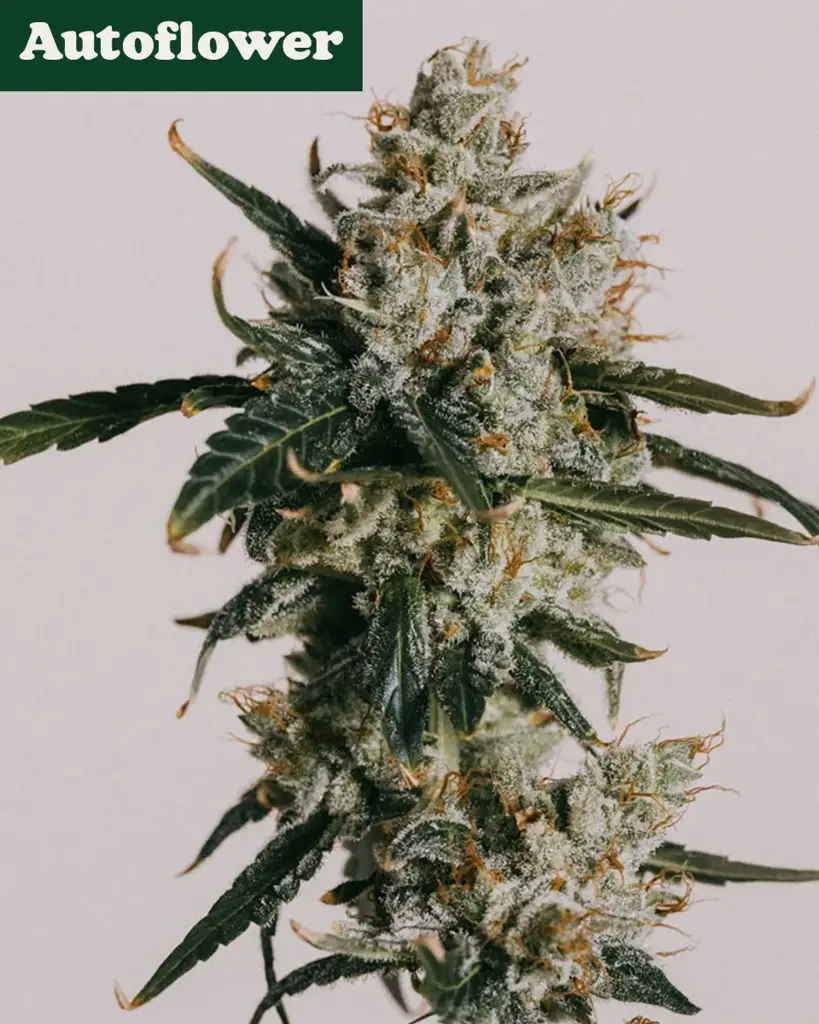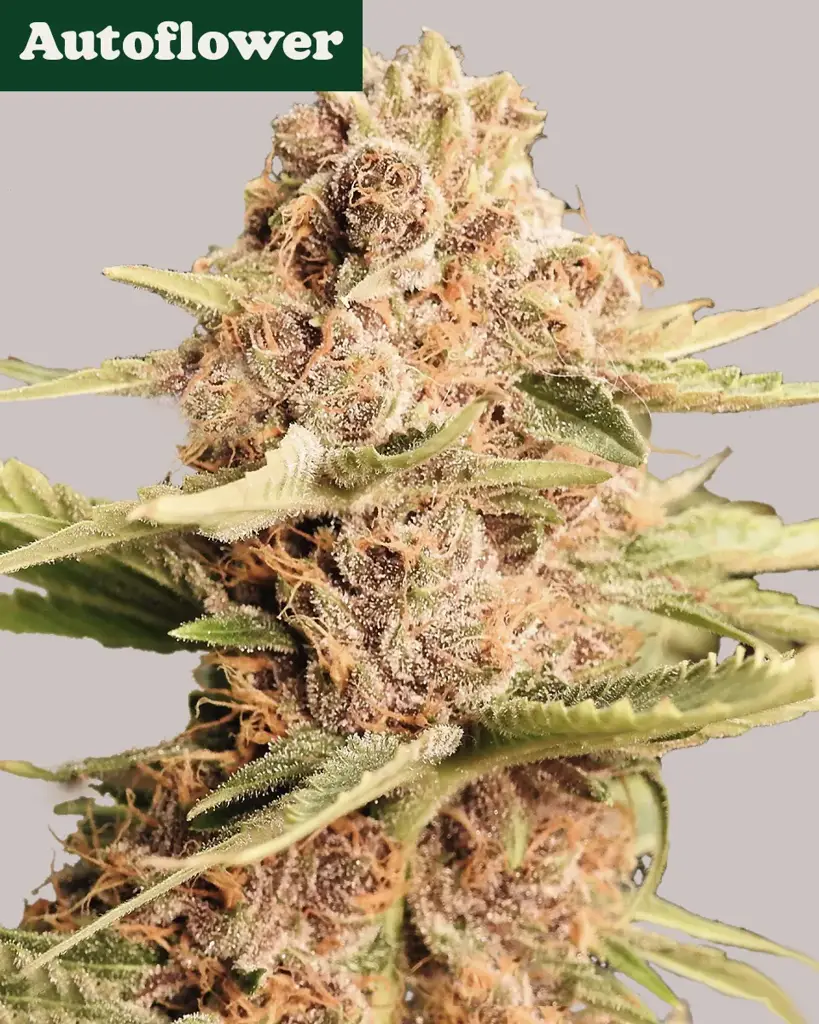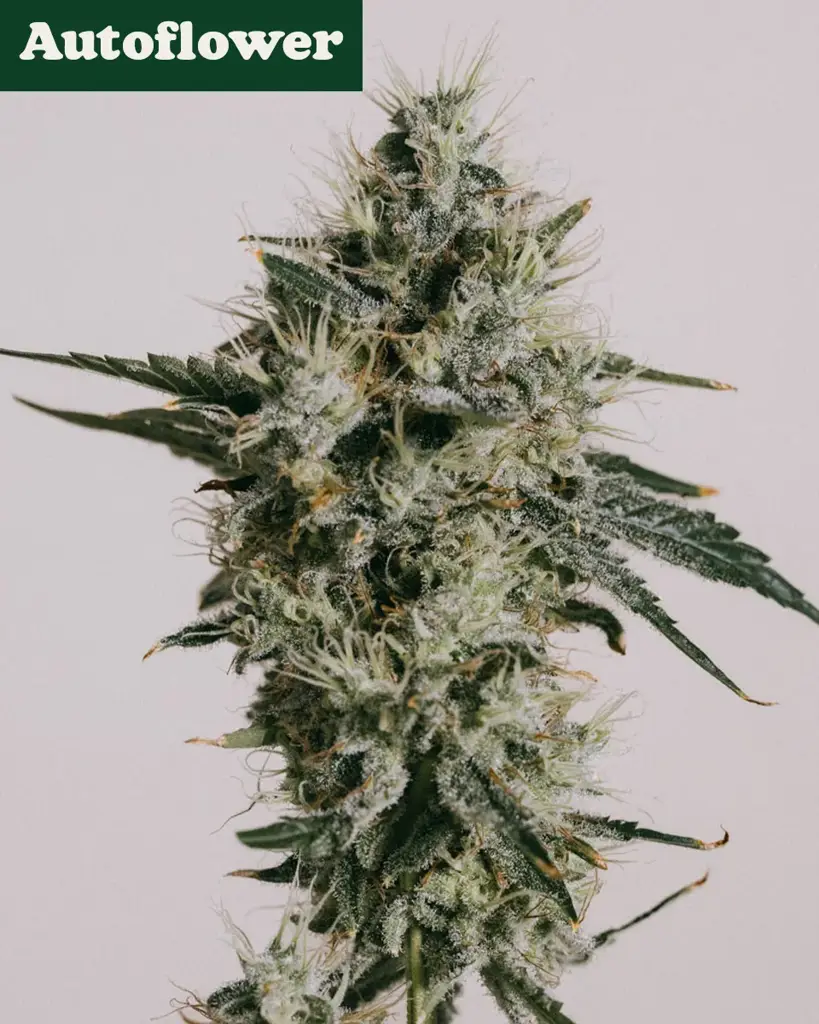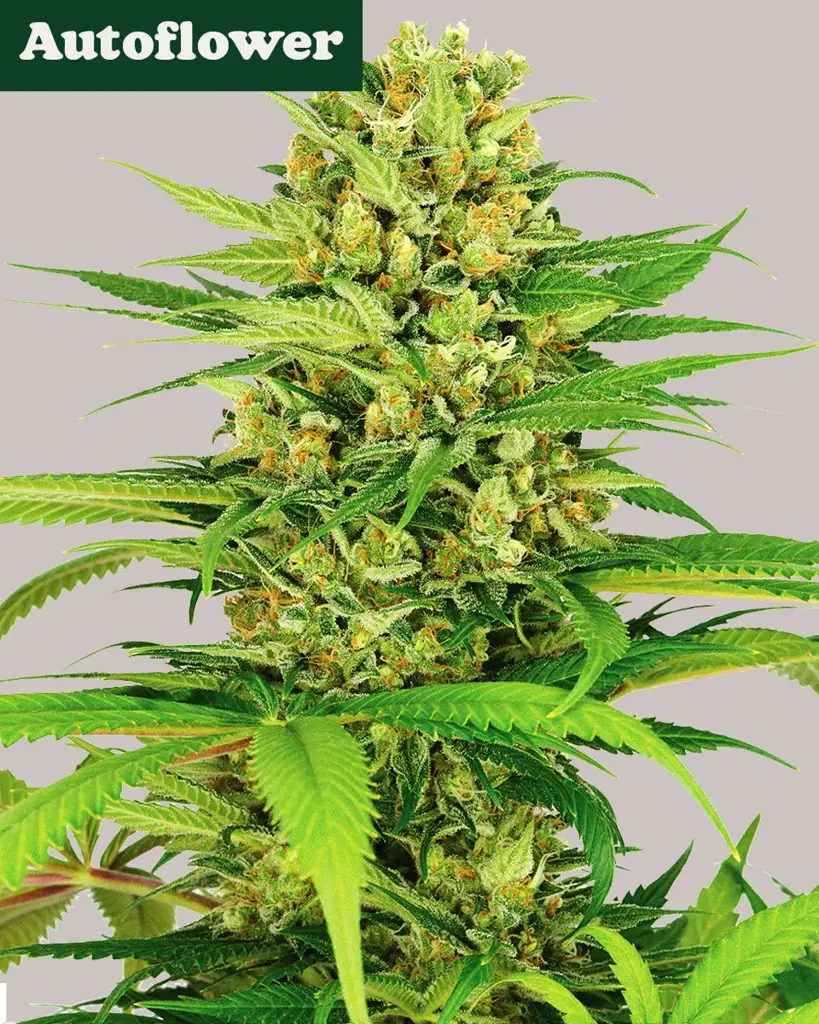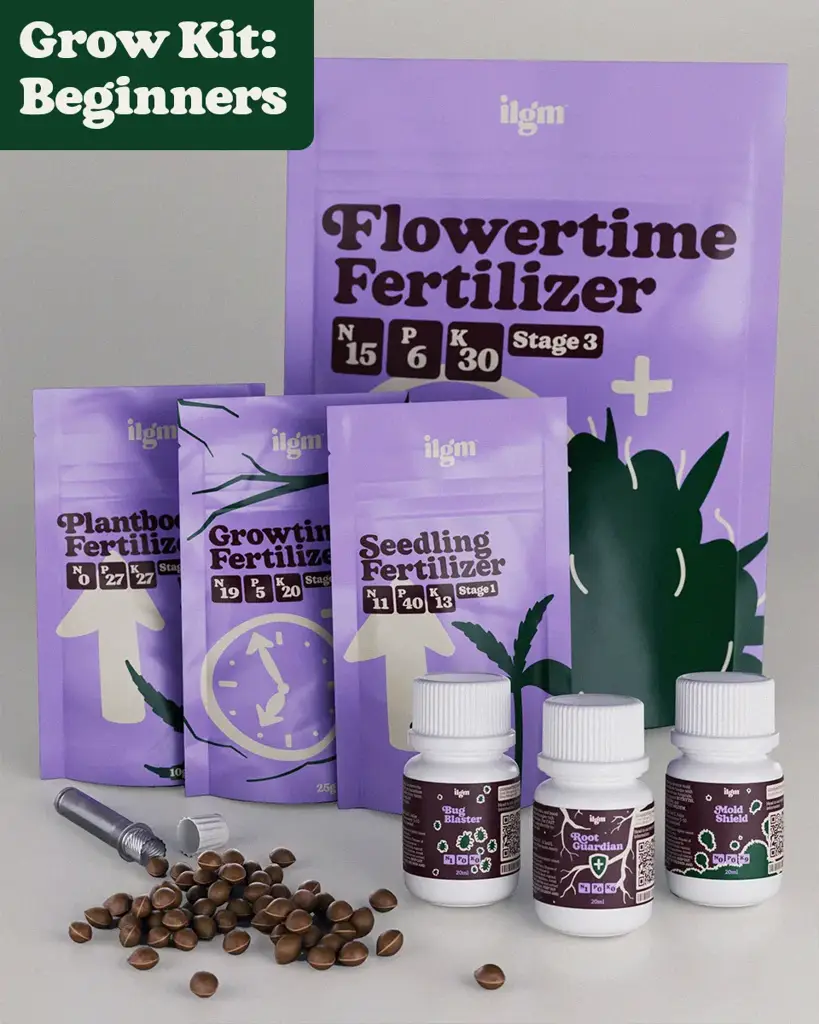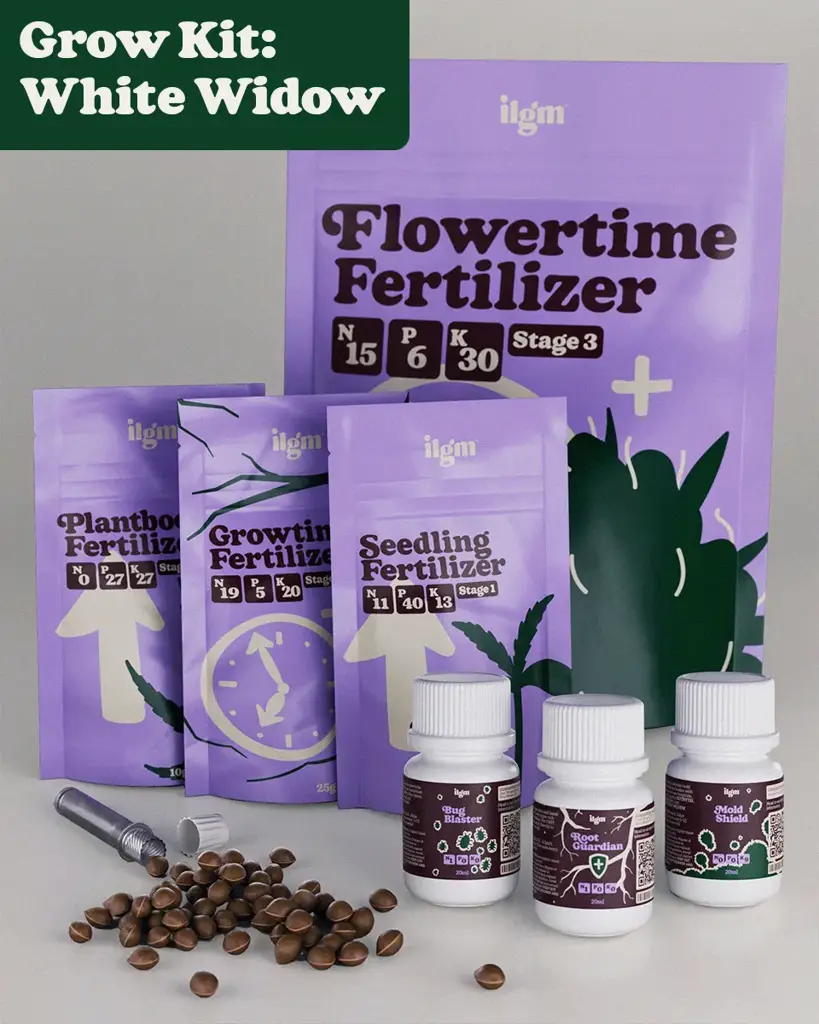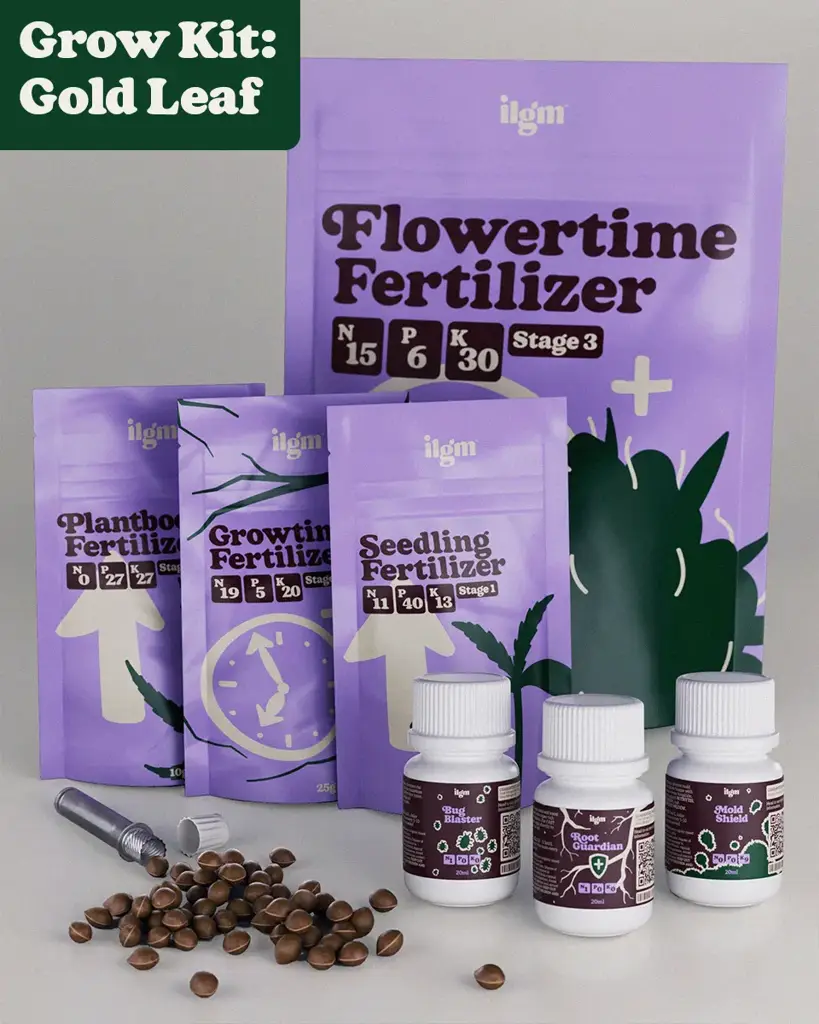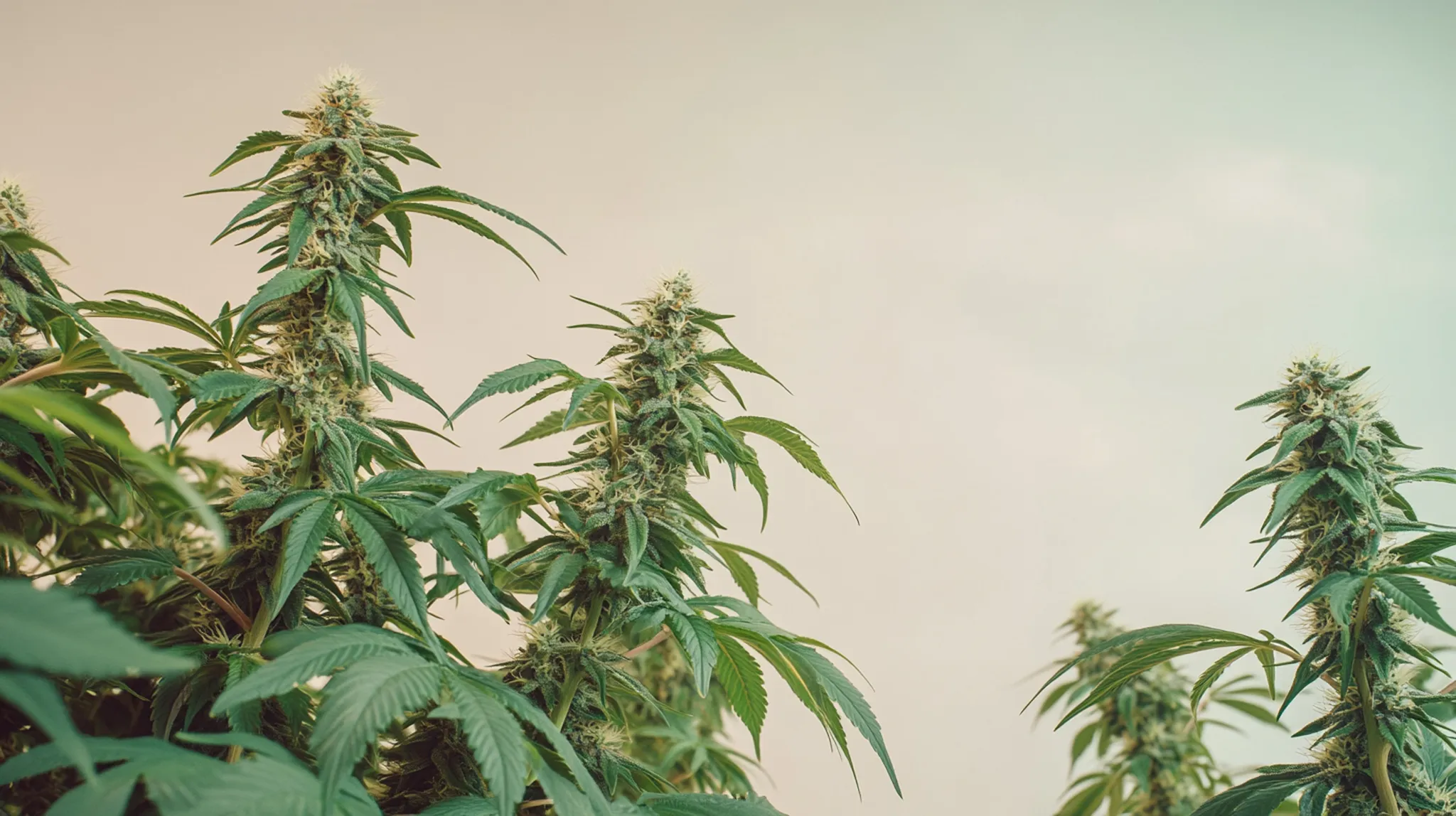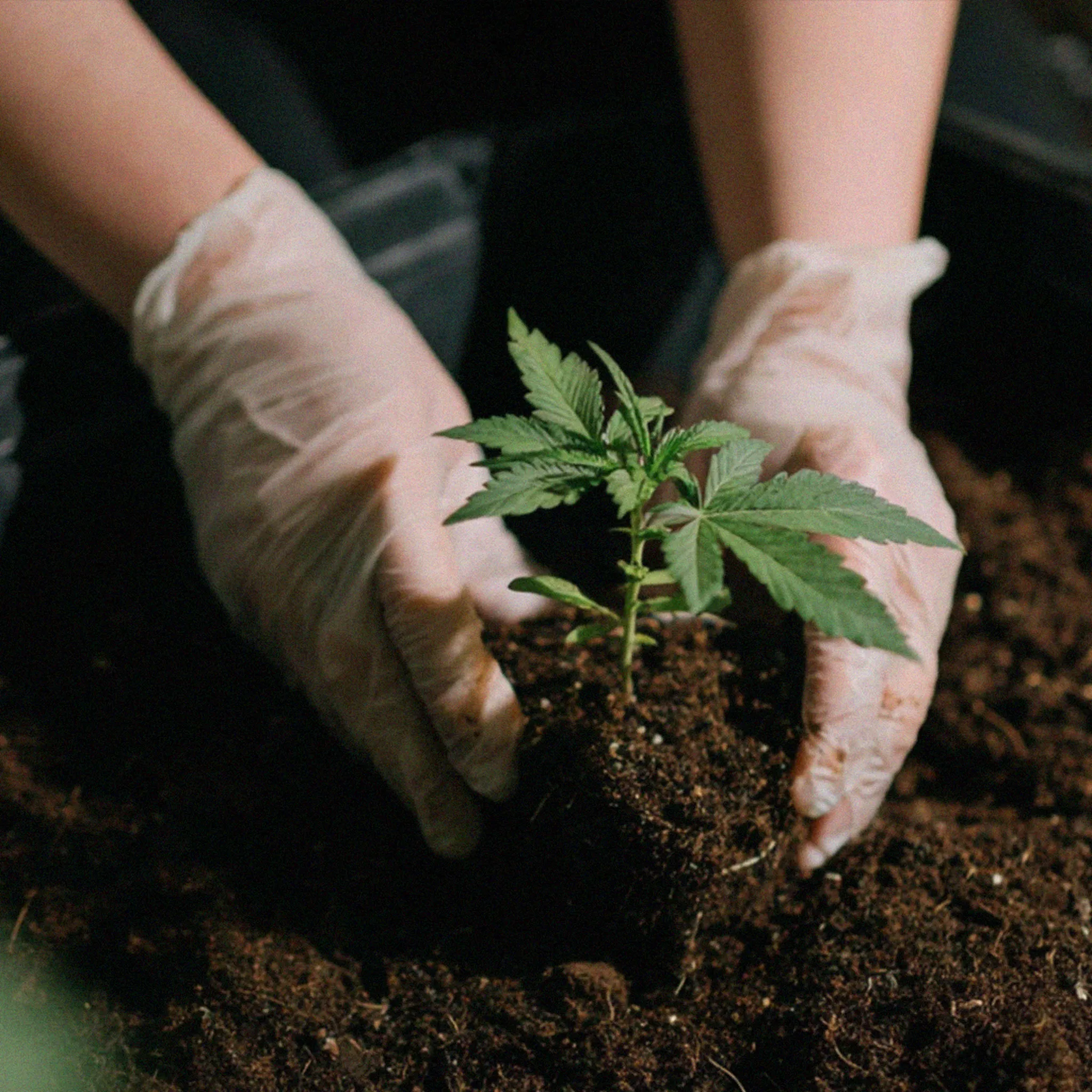
A Beginner's Guide To Growing Cannabis Safely
So, you’re thinking about dabbling in a bit of horticulture and starting your own weed grow at home? Well, that’s awesome! Growing your own cannabis plants can be an incredibly rewarding process, and even testing, at times. The beauty of DIY is that you get full control over what you grow, how it’s grown, and—best of all—you get to enjoy the fruits of your labor.
Table of contents
- Know the Law: Legal Considerations for Cannabis Growing
- Security First: Protecting Your Home Weed Grow
- Outdoors: Keeping Your Cannabis Garden Safe
- Indoors: Stealth and Safety for Your Cannabis Grow
- Safety Indoors: Preventing Accidents in Your Home Grow
- Electrical Safety for Cannabis Grows
- Fire Safety in Your Cannabis Grow
- Handling Cannabis Plants Safely: Avoiding Physical Hazards in Your Grow
- Lifting and Moving Cannabis Growing Equipment
- Water Hazards in Cannabis Grows
- Checklist: Safe and Secure Cannabis Growing at Home
But before you dive into the details, your number one priority should always be safety. Whether it's protecting your privacy, ensuring your home setup doesn’t pose any risks, or keeping your plants secure, there’s a lot to think about. Let’s walk through everything step by step so you can grow your cannabis with confidence and peace of mind.
Know the Law: Legal Considerations for Cannabis Growing

Before you even start researching “How to hide a grow tent,” it’s important to familiarize yourself with the legalities of cannabis in regard to where you live. Cannabis laws can be tricky—they vary not just from country to country but from state to state and even from city to city. Some places allow personal cultivation, while others strictly prohibit it. Organizations like NORML.org are actively working to inform people about the ever-changing laws and regulations.
Start by checking your local regulations. This includes how many plants you’re allowed to grow, where you can grow them, and whether there are any restrictions on how to store or transport your cannabis. Growing too many plants, for example, can get you in trouble even in places where personal cultivation is legal.
Tip: Even if growing weed is legal where you live, it’s always a good idea to keep things low-profile. Some neighbors are still behind the times and might not be thrilled about it, and in some cases, being too obvious could attract unwanted attention.
Our Bestsellers
Security First: Protecting Your Home Weed Grow
One of the biggest concerns for home growers is security—both for their cannabis plants and for their personal privacy. Whether you're growing outdoors or indoors, there are a few key things to keep in mind to ensure your weed crops stay secure.
Outdoors: Keeping Your Cannabis Garden Safe

Growing cannabis outdoors offers some great (and cost-saving) benefits, such as free sunlight, natural ventilation, and space. But it also comes with its own risks. (not to mention unwanted pollination)
Here’s a couple of tips to bear in mind to keep your outdoor grow safe from prying eyes and sticky fingers:
Location, Location, Location: Picking the ideal spot to cultivate your cannabis plants is crucial. I don't know if helicopters can spot one plant (or would even care), but ideally, your plants should be hidden from view. Using natural barriers like trees, shrubs, or fencing is a great way to keep your backyard outdoor grow hidden and out of sight. If possible, choose a location that is not easily accessible by passersby or nosey neighbors.
Secure the Area: A well-placed fence can do wonders to protect your grow operation, but it should blend into your surroundings. Avoid anything that looks too obvious or might raise suspicion. A simple wooden fence or hedge is often enough to keep your garden safe from wanderers and potential thieves.
Consider the Smell: Outdoor cannabis grows can get pretty pungent, especially when your plants start flowering. While you might love the smell, it's not everyone's cup of tea, and it could attract unwanted attention. A great way to mask the scent is by planting aromatic herbs like lavender, mint, or rosemary nearby. Not only do these plants smell great, but they can also help camouflage your cannabis garden. Also, think about the direction of the wind and where it will carry the smell—this is especially important if you live near other homes.
Indoors: Stealth and Safety for Your Cannabis Grow

Growing indoors offers a bit more privacy than outdoor grows (especially for those who like to garden in their birthday suits), but it’s still important to be cautious. Indoor setups can come with their own challenges, especially when it comes to keeping things discreet and low-key.
Be Discreet: One of the first rules of growing weed indoors is to keep a low profile. When you’re bringing in soil, pots, or equipment, try not to make it too obvious. Use boxes or bags that don’t draw attention, and avoid doing all your setup work in one big, noticeable effort. The idea is to blend in with your surroundings.
Control the Smell: Indoors, the smell of cannabis can be even more of a giveaway. If you live in an apartment building or close to neighbors, you’ll need to be extra careful. Using a carbon filter in your grow tent’s exhaust system can do wonders in keeping the cannabis smell contained. You could also look into air purifiers or odor neutralizers to ensure the smell doesn’t seep into the rest of your home or beyond.
Noise Matters: Between the fans, lights, and ventilation systems, indoor grows can often be quite noisy. To avoid raising suspicion from neighbors, invest in quieter equipment or try soundproofing your grow space. Rubber mounts can help reduce vibrations, and insulated ducting can lower the noise level of exhaust fans. Alternatively, get cooler neighbors.
A great friend of mine once told me his “3 rules to safely grow cannabis,” which I think sums this section up pretty well:
“Don't Sell, Don't Smell, Don’t Tell”.
He also told me that:
“ if you're going to break the law (please don't), break only one at a time.”
Safety Indoors: Preventing Accidents in Your Home Grow
Alright, let’s talk about safety inside your home. Growing cannabis indoors involves using various types of equipment—lights, fans, and water systems—that could pose serious risks if not set up properly. Here’s how to avoid some of the most common indoor hazards and keep your grow operation safe.
Electrical Safety for Cannabis Grows
When growing cannabis indoors, you’re likely going to need some serious lighting and ventilation. This means dealing with electricity, which always comes with its own set of risks. Electrical issues are one of the top causes of grow room accidents, so it’s important to handle this with care.
Avoid Overloading Outlets: We all know that plugging too much equipment into a single outlet can easily lead to a fire. Spread your devices (lights, fans, etc.) across different outlets, or use a surge protector to prevent overloading. Never skimp on quality when it comes to electrical equipment—cheap products can increase the risk of short circuits or overheating. Remember, it's easy for police to detect grow tents - when they're on fire.
Water and Wires Don’t Mix: If you’re using a hydroponic system or simply watering your plants regularly, make sure your electrical equipment is well away from any water sources. If possible, waterproof your grow room, especially if it’s located in a basement or a damp area of the house.
Hire an Electrician if Needed: If you’re not 100% confident in your ability to safely set up the electrical components of your grow room, consider hiring a professional. It might cost a bit, but it’s well worth it to avoid fire hazards or electrocution risks.

Fire Safety in Your Cannabis Grow
Proper lighting is a must for growing healthy cannabis plants indoors, but it can also present major fire hazards if you’re not careful. There's no point in growing fine cannabis if we recklessly take ourselves out before we get to enjoy it, so remember that it's always Safety First.
Choose the Right Lights: LED grow lights are the safest option—they run cooler than traditional bulbs and are far less likely to overheat. Plus, they’re energy-efficient, which can help keep your electricity bills lower. Avoid using high-intensity discharge (HID) lights unless you’re experienced with large-scale growing, as these lights can get very hot.
Monitor Your Setup: Make it a habit to check on your grow room regularly, especially if you’re using powerful lights or other electrical equipment. If you notice any signs of overheating, such as a strange smell or visible damage to wires, shut everything down immediately and inspect your setup.
First Grow?
Handling Cannabis Plants Safely: Avoiding Physical Hazards in Your Grow
Beyond electrical and fire safety, there are some physical risks that come with growing weed at home. Tending to your plants involves moving pots, handling equipment, and dealing with water—all of which can cause injury if you’re not careful.
Lifting and Moving Cannabis Growing Equipment
Growing cannabis requires a surprising amount of heavy lifting, whether it’s hauling soil bags, moving large pots, or refilling water tanks.
Be Mindful of Your Back: If you’re not used to lifting heavy objects, it’s easy to strain your back. Always bend by the knees and lift with your legs, not your back, and consider using a dolly or cart to move particularly heavy items around. If you’re unsure about lifting something, ask for help—it’s better than risking injury.
Watch for Trip Hazards: If you're anything like me, then you know that grow rooms can get cluttered fast, especially with all the cables, hoses, and equipment that come with the territory of indoor growing. Keep your space organized and tidy to avoid tripping over loose cords or knocking over water containers.
Water Hazards in Cannabis Grows

Flooding or water leaks can quickly ruin your grow operation, not to mention damage your home. Here’s how to avoid water-related accidents:
Whether you’re using a hydroponic system or growing in soil, water management is vital. Always double-check (and re-check) that taps and hoses are turned off after watering, and consider waterproofing your grow space if you’re growing indoors. Take the time to regularly inspect your grow setup for leaks or signs of water damage.
Checklist: Safe and Secure Cannabis Growing at Home
Here’s a handy checklist to ensure your cannabis grow stays safe and secure:
Check local cannabis laws
Choose a secure, hidden grow location for your weed grow
Use fencing and natural barriers for outdoor cannabis grows
Control the smell with carbon filters or aromatic plants
Avoid overloading electrical outlets in your cannabis grow
Use LED lights to reduce fire risks
Keep electrical equipment away from water sources
Regularly check for overheating or electrical issues
Use proper lifting techniques to move heavy cannabis-growing equipment
Keep your cannabis grow room clean, organized, and free of trip hazards
Waterproof your cannabis grow room to prevent leaks or flooding
Do regular checks to make sure your setup is up to scratch
Have fun!

Roach
Roach, a 20+ year cannabis enthusiast, activist & storyteller, blends humor, art & expertise—crafting words, strains & macabre masterpieces.


